Home>Ideas and Tips>Indoor Spider Plant Care Tips: Easy Air-Purifying Houseplant
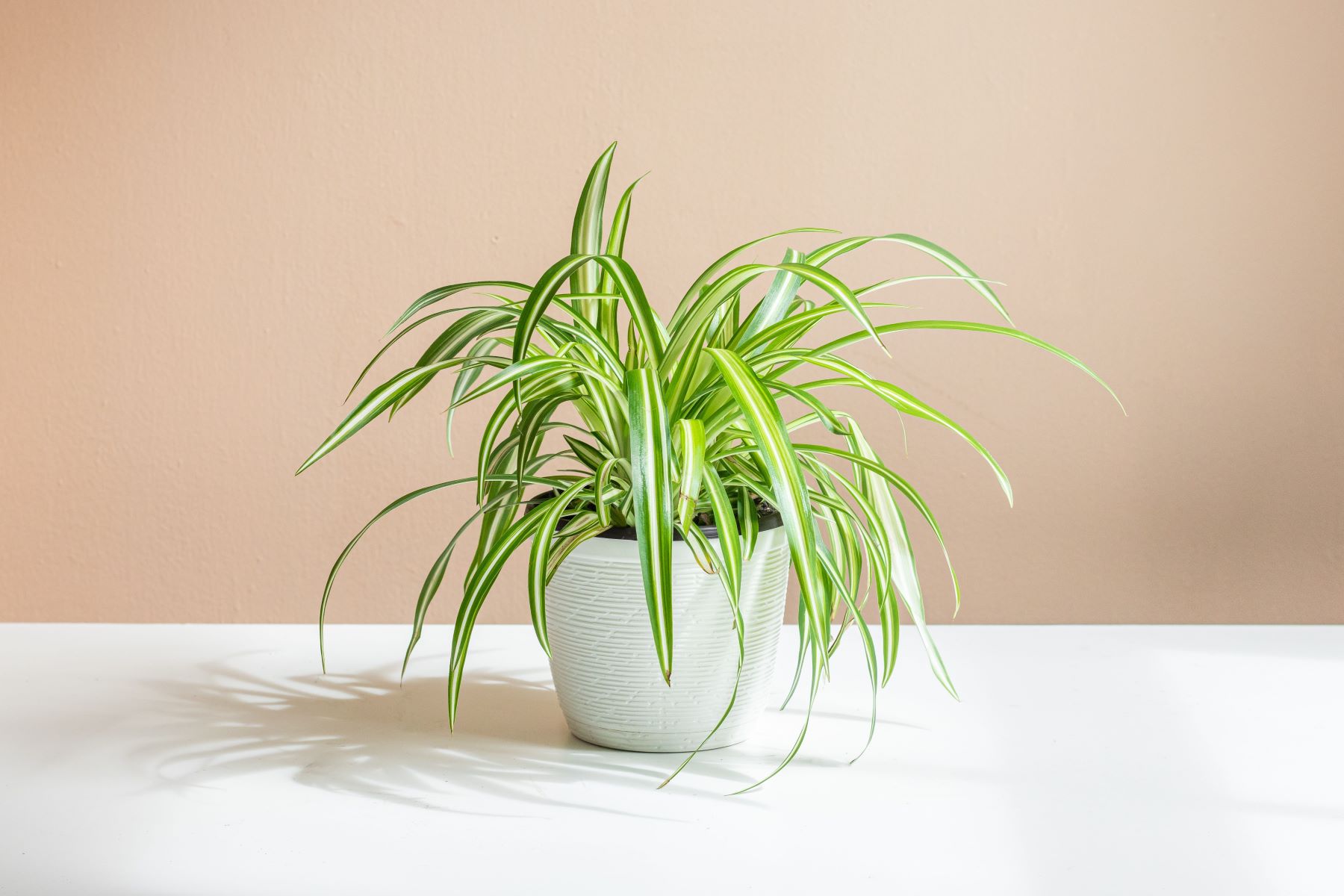

Ideas and Tips
Indoor Spider Plant Care Tips: Easy Air-Purifying Houseplant
Published: September 2, 2024
Discover essential indoor spider plant care tips to keep your air-purifying houseplant thriving. Learn about lighting, watering, propagation, and more.
(Many of the links in this article redirect to a specific reviewed product. Your purchase of these products through affiliate links helps to generate commission for Storables.com, at no extra cost. Learn more)
Spider plants, scientifically known as Chlorophytum comosum, are one of the most popular and versatile houseplants. They are known for their ability to purify indoor air, their low-maintenance care requirements, and their attractive appearance. Whether you are a seasoned plant enthusiast or a beginner, spider plants are an excellent choice for adding a touch of greenery to your home. In this article, we will delve into the detailed care tips for indoor spider plants, covering everything from lighting and watering to propagation and common issues.
Appearance and Types of Spider Plants
Spider plants have long, narrow leaves that often cascade over the edge of the pot. The leaves are typically a vibrant, solid green, but there are also variegated varieties featuring yellow or white streaks. These plants can grow quite large in the wild, but as houseplants, they usually reach up to 50 cm in height, depending on the amount of light they receive and the size of the pot.
There are several types of spider plants, including:
- Green Spider Plants: With long, deep green leaves.
- Variegated Spider Plants: Showing off different foliage colors with patterns of white that can be striped or spotted.
- Curly Leaved Spider Plants: With variegated leaves that look crinkled.
Lighting Requirements
Spider plants prefer bright, indirect light. While they can tolerate some degree of shade, too little light can lead to less vigorous growth. Direct sunlight, especially in hot summer months, can scorch their leaves, causing brown tips and faded coloration. East or west-facing windows are typically ideal for providing the right amount of light without the risk of scorching.
If you don't have an ideal location for your spider plant, you can use a grow light to ensure it receives the necessary light. This is especially useful for rooms with limited natural light.
Watering Tips
Watering is one of the most critical aspects of caring for your spider plant. The key is to find a balance between keeping the soil moist and avoiding overwatering. Here are some specific tips:
- Watering Frequency: During the growth period in spring and summer, keep the soil evenly moist but not waterlogged. In winter, reduce watering as growth slows down. Overwatering can cause root rot, a common issue in spider plants.
- Soil Dryness: Check the soil moisture by sticking your finger into the soil up to the second knuckle. If your finger comes out clean and dry, it's time to water your plant. Water thoroughly until water drains out of the bottom of the pot, and discard any excess water in the saucer.
- Avoiding Sogginess: Allow the soil to dry out slightly between waterings. If you notice the plant becoming soggy, it may be a sign that you are overwatering. Spider plants can recover from underwatering but may not survive prolonged periods of being too wet.
Temperature and Humidity
Spider plants thrive in temperatures between 60-75°F (15-24°C). They prefer a moderate humidity level and can benefit from occasional misting. Brown leaf tips may indicate low humidity, so misting your plant regularly can help prevent this issue.
Good air circulation is also vital for keeping your spider plant healthy, helping to prevent pest infestations and diseases. Avoid placing your plant in areas with poor air circulation, such as enclosed rooms or basements.
Fertilization
Fertilizing your spider plant is essential for its growth and health. Here are some guidelines:
- Fertilizer Frequency: Feed your spider plant regularly during the growing season (spring and summer) with a balanced houseplant fertilizer. Reduce feeding in the fall and winter when growth slows down.
- Avoid Overfertilization: Overfertilization can lead to brown leaf tips and other problems. Always make sure the soil is damp before applying any fertilizer. If you notice your plant reacting negatively to fertilization, stop immediately and repot the plant in fresh soil.
Propagation
One of the most endearing features of the spider plant is its rapid growth rate and the production of spiderettes or plantlets. These small versions of the main plant have roots already established and can be easily propagated.
Here’s how to propagate a spider plant:
- Identify Spiderettes: Look under the leaves for small, white nodules forming. These will be the roots for your new plant.
- Cut Off Spiderettes: Use clean, sharp plant snips to cut off the spiderettes from the stem.
- Plant in Water: Place the bottom end of the spiderette in a glass of water. Roots should develop within 2-4 weeks.
- Plant in Soil: Once roots have developed, plant the spiderette in damp compost. Water regularly until it establishes itself.
Common Issues and Solutions
Despite their ease of care, spider plants can sometimes experience common issues that need attention. Here are some typical problems and their solutions:
Pests
Pests like scales or mealybugs can infest your spider plant. To prevent this, ensure good air circulation around your plant and inspect it regularly. If you notice any pests, treat the plant with insecticidal soap or neem oil.
Root Rot
Overwatering is the primary cause of root rot in spider plants. To prevent this, ensure the soil is not waterlogged and allow it to dry out slightly between waterings. If you notice root rot, repot the plant in fresh soil immediately.
Browning Leaf Tips
Brown leaf tips can result from fluoride in tap water, dry soil, or low humidity. To prevent tip burn, try using distilled or rainwater. Regular misting can also help maintain humidity levels.
Inspecting Your Plant
Regular inspection is crucial for maintaining healthy houseplants. Every time you water a plant, give it a quick look-over for signs of pests or diseases. Watch for wilting or yellowing leaves, distorted or speckled leaves, and any other unusual symptoms.
Benefits of Growing a Spider Plant
Spider plants offer several benefits that make them an excellent choice for indoor gardening:
Air Purification
Spider plants are known for their ability to purify indoor air by removing pollutants like formaldehyde and xylene.
Read more: Essential Houseplants For Cleaner Indoor Air
Low Maintenance
Spider plants are incredibly low maintenance. They don't require much water and there's no need for pruning or fertilizing to help them thrive—these are optional extras.
Pet-Friendly
Spider plants are non-toxic and safe for humans, dogs, and cats. This makes them an excellent choice for households with pets.
Aesthetic Appeal
Spider plants add a lively touch to any indoor space with their arching leaves and delightful spiderettes. They can be grown in standard pots with drainage holes or hanging baskets, allowing their spiderettes to dangle attractively.
Conclusion
Spider plants are an excellent choice for anyone looking to add some greenery to their home while enjoying the benefits of air purification and low maintenance care. By following these detailed care tips, you can ensure your spider plant thrives and continues to provide you with its charming appearance and health benefits. Whether you're a seasoned gardener or just starting out, the spider plant is an easy-to-grow houseplant that can bring joy and freshness to any room.
Was this page helpful?
At Storables.com, we guarantee accurate and reliable information. Our content, validated by Expert Board Contributors, is crafted following stringent Editorial Policies. We're committed to providing you with well-researched, expert-backed insights for all your informational needs.

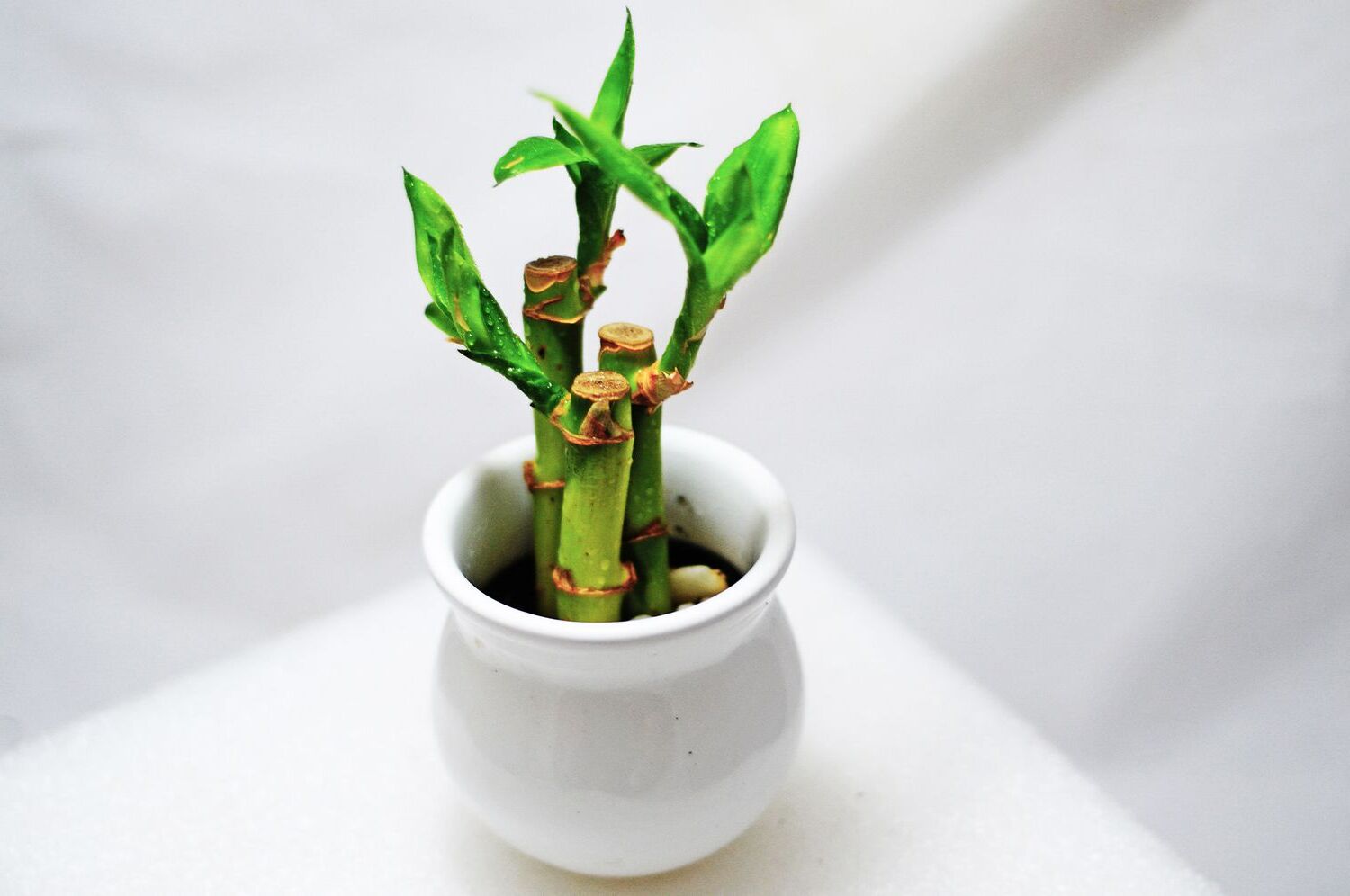
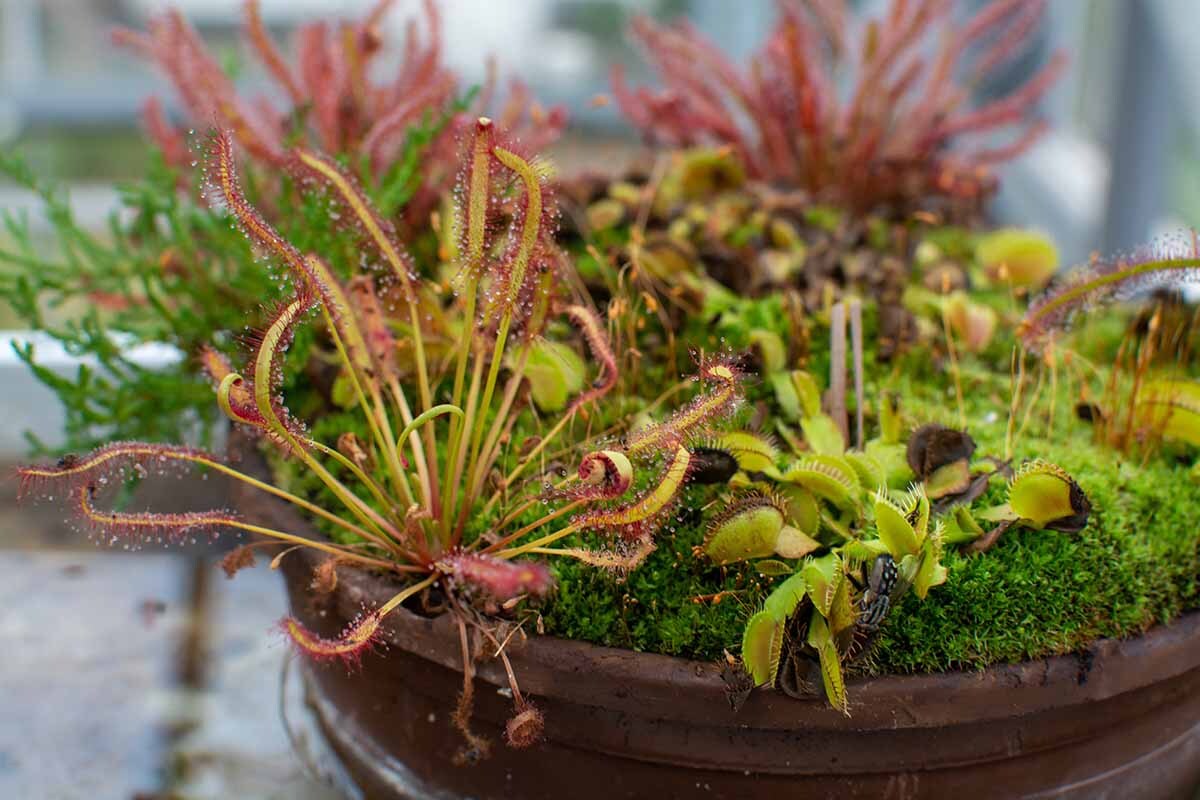
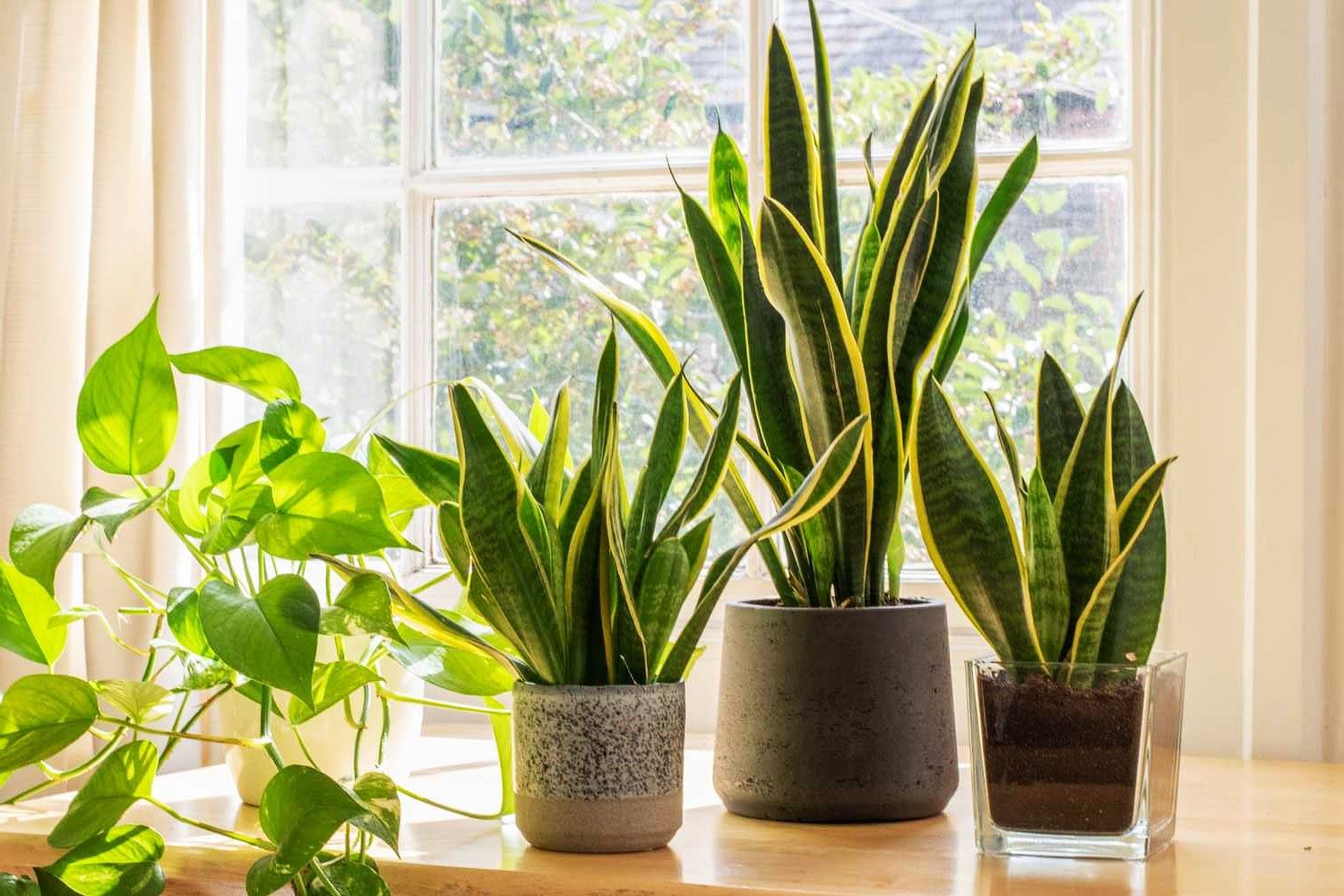

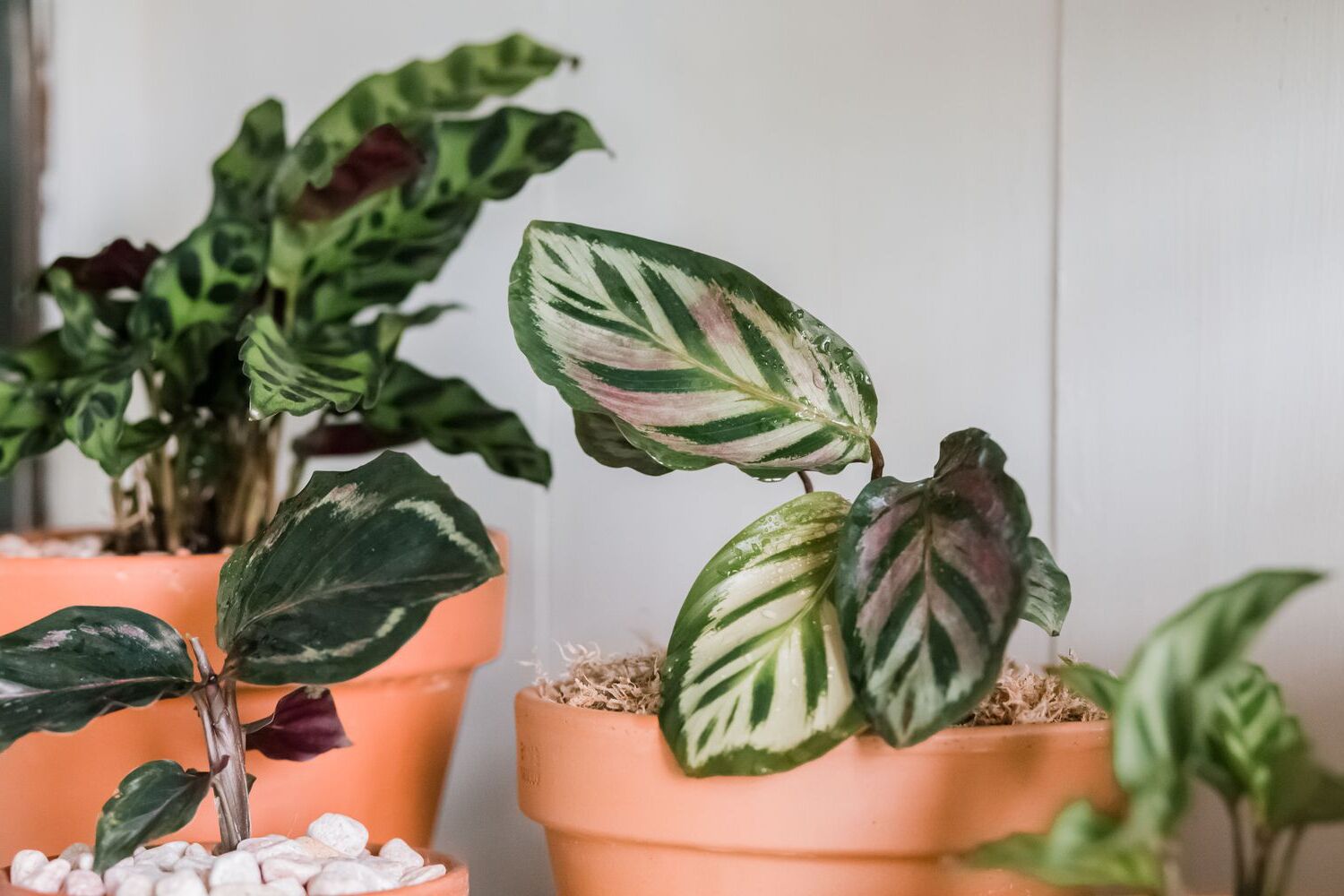
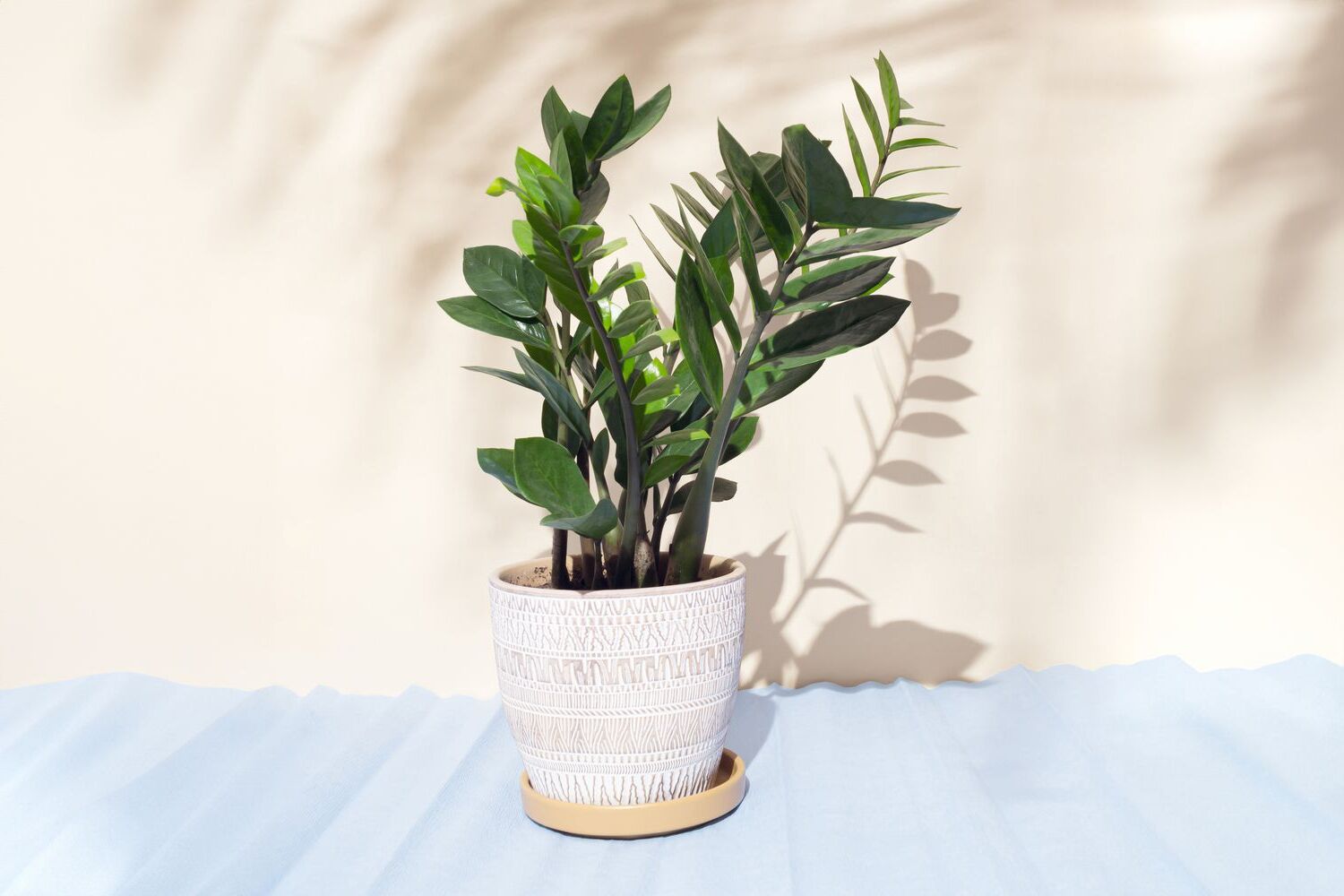
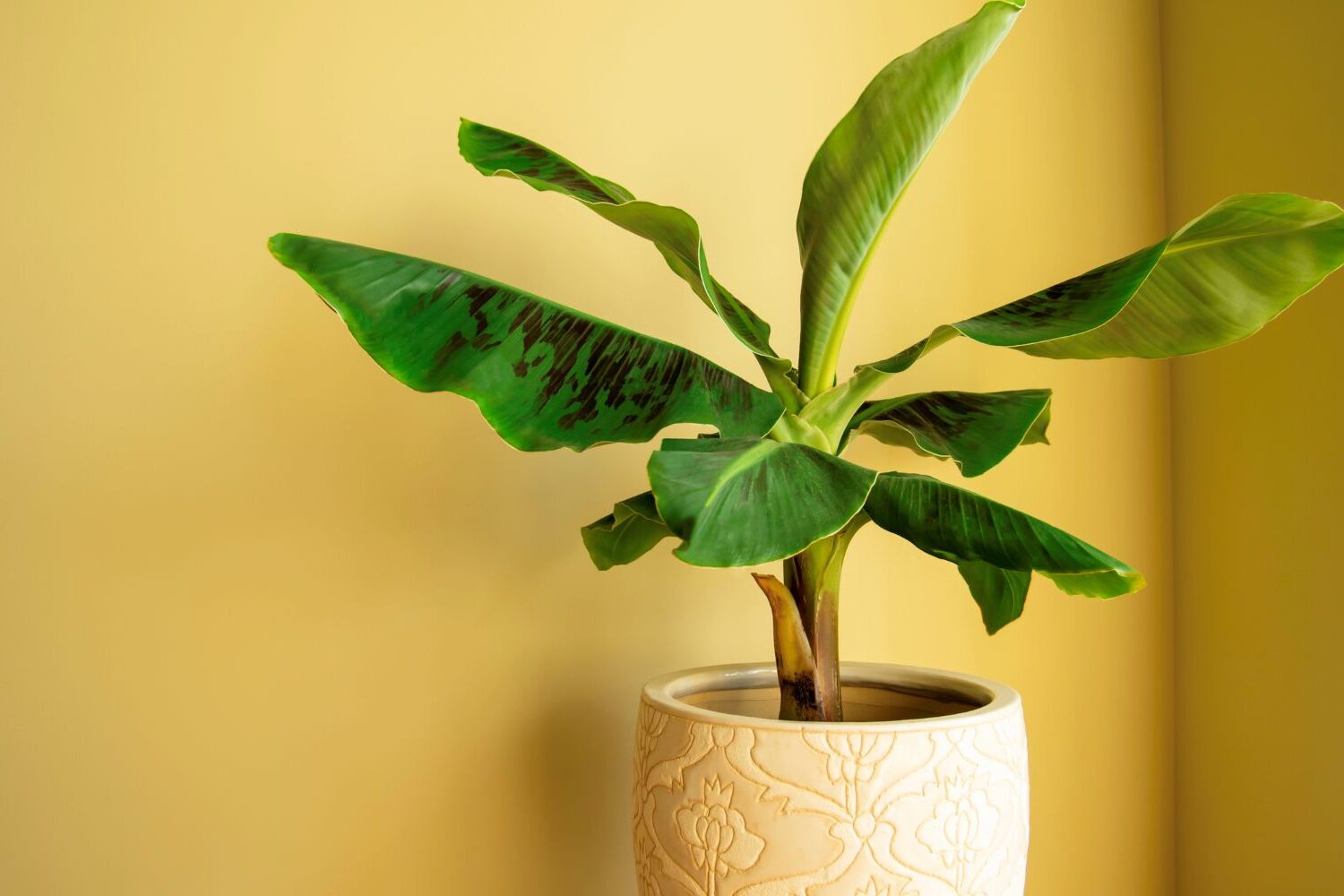
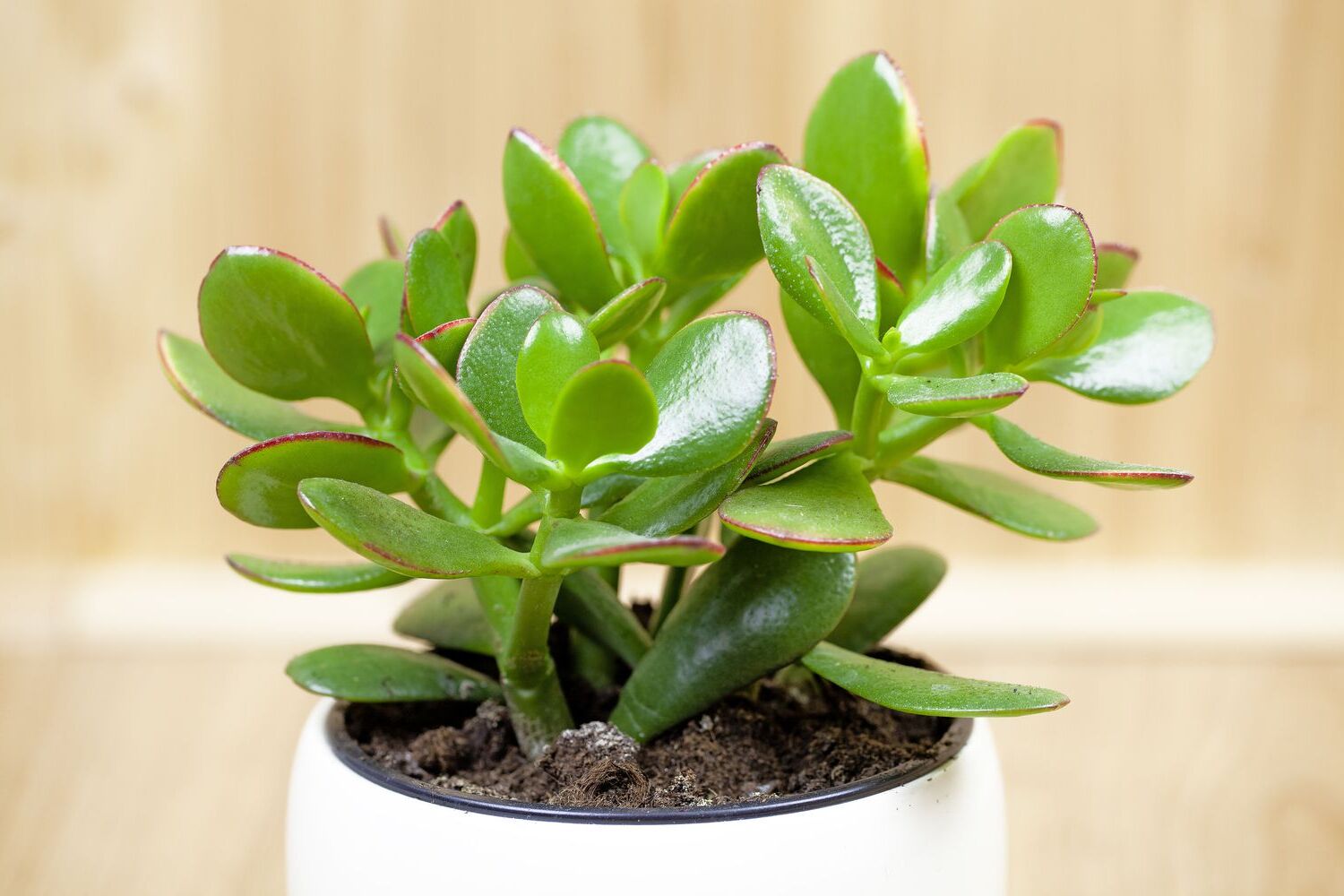
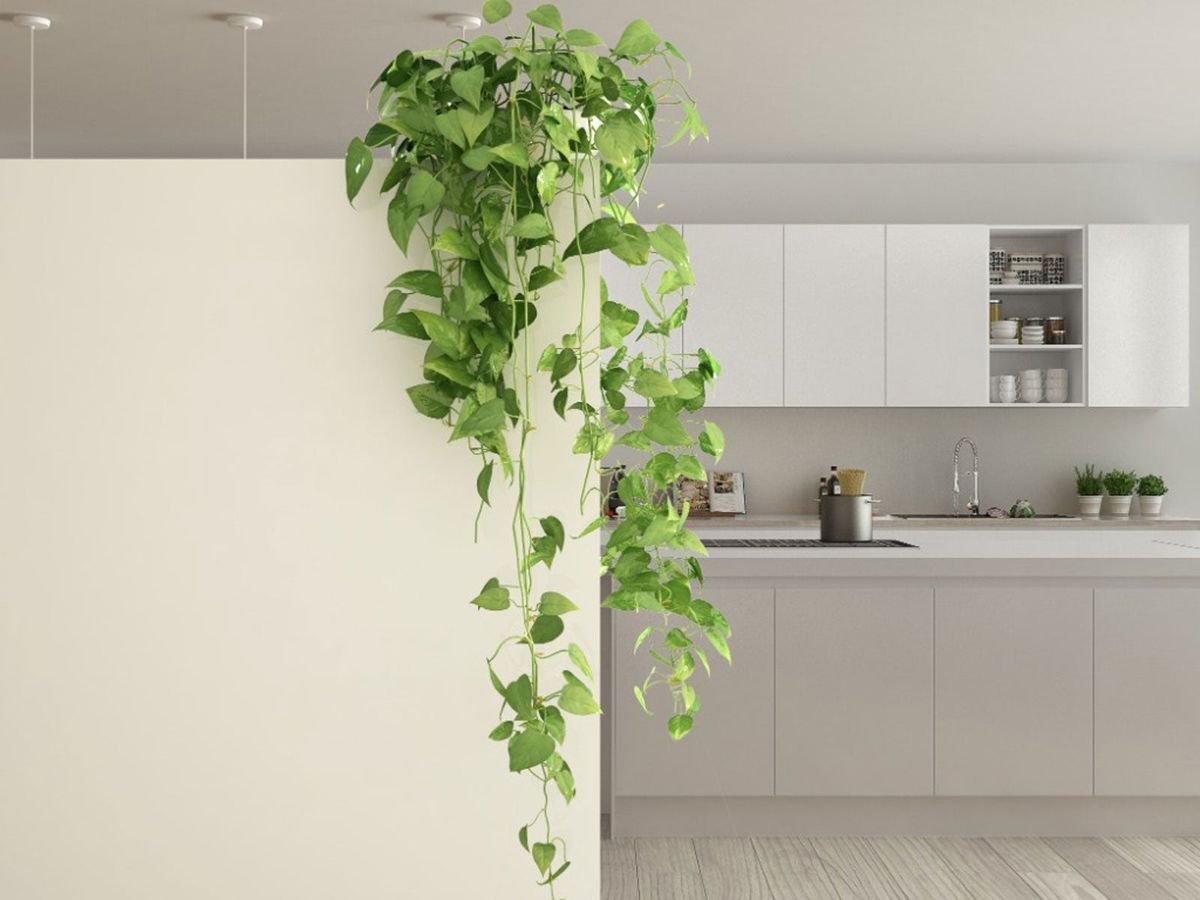
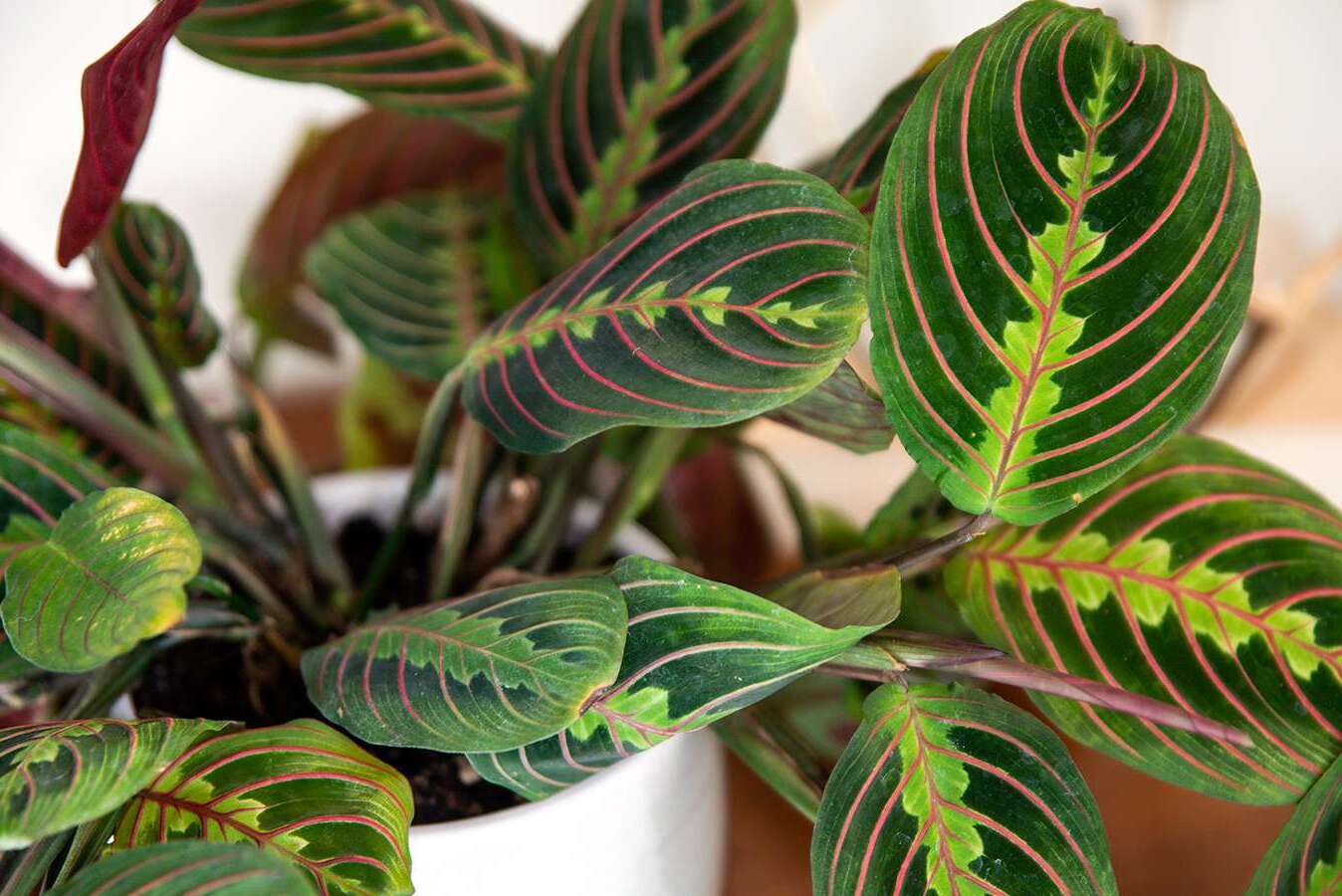
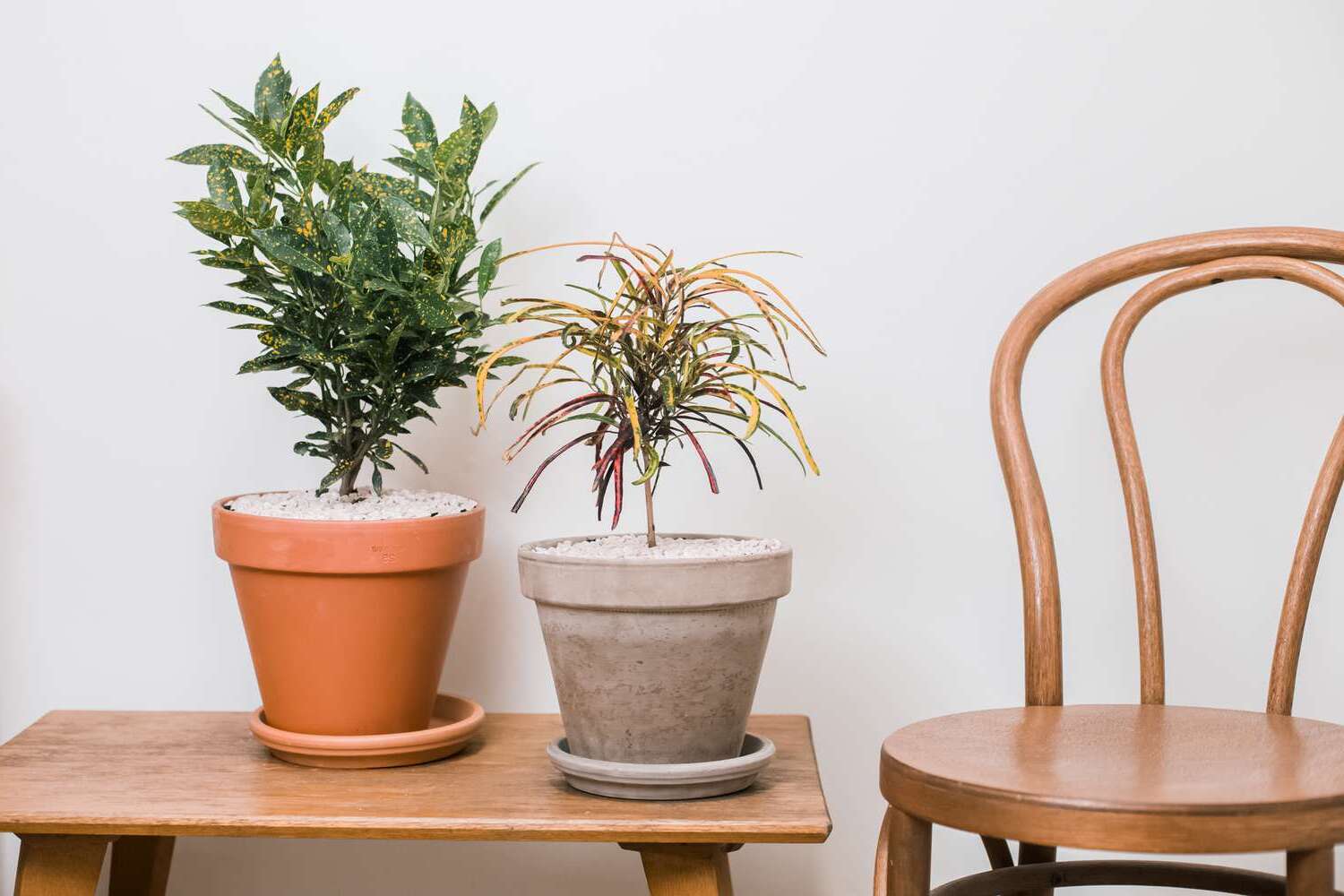

0 thoughts on “Indoor Spider Plant Care Tips: Easy Air-Purifying Houseplant”